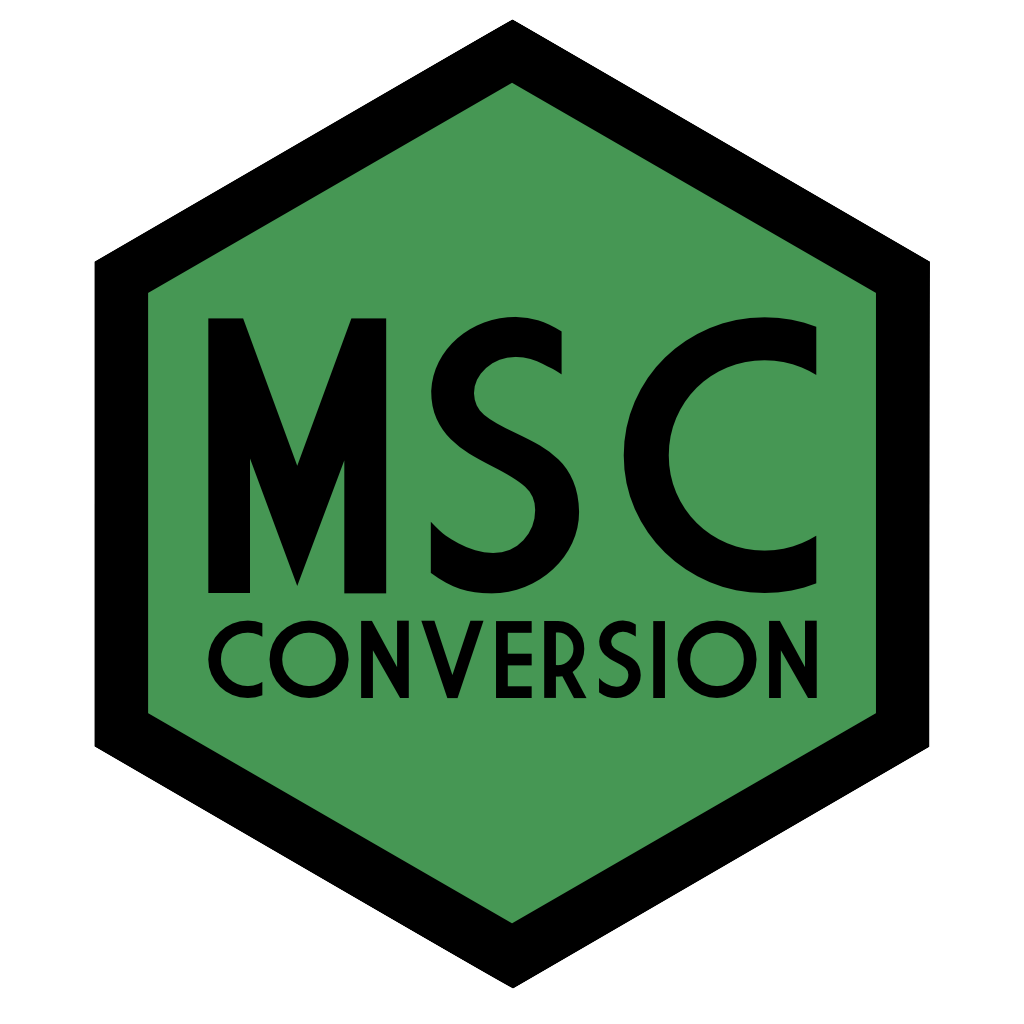MSc Conversion in Psychological Studies
2021-09-17
Overview

Access the most up-to-date version
Across Research Methods 1 and 2 you will learn core data skills that allow you to manipulate and analyse quantitative data, a key component of an accredited psychology programme. In addition to this book, there are video walkthroughs available on Moodle and YouTube and you can use Teams to ask any R related questions that you have.
The ability to work with quantitative data is a key skill for psychologists and by using R as our tool we can also promote reproducible research practices. Although it may seem like writing a programming script is more time-consuming than other point-and-click software you may have used, this is not the case! Once you have a script you can easily re-run your analysis without having to go through each step again manually which is a) easier and b) less likely to result in errors if you do something slightly different or forget one of the steps.
Crucially, with an analysis script other researchers can also see how you got from the raw data to the statistics you report in your final paper. Sharing analysis scripts online on sites such as the Open Science Framework is now seen as an important open science practice. Even if you don't continue with quantitative research in the future, the skills you develop on this course will allow you to evaluate quantitative research and to understand what goes on behind the scenes with data before the conclusions are presented.
0.1 How to use this book and the walkthrough videos
For most chapters of this book there is an associated walkthrough video. These videos are there to support you as you get comfortable using R, however, it's important that you use them wisely. You should always try to work through each chapter of this book (or if you prefer each activity) on your own and only then watch the video if you get stuck, or for extra information.
For many of the initial chapters, we will provide the code you need to use. You can copy and paste from the book, however, we strongly encourage you to type out the code by yourself. This will seem much slower and you will make errors, but you will learn much more quickly this way.
Additionally, we also provide the solutions to many of the activities. No-one is going to check whether you tried to figure it out yourself rather than going straight to the solution but remember this: if you copy and paste without thinking, you will learn nothing.
Finally, on occasion we will make updates to the book such as fixing typos and including additional detail or activities and as such this book should be considered a living document. When substantial changes are made, new walkthrough videos will be recorded, however, it would be impossible to record a new video every time we made a minor change, therefore, sometimes there may be slight differences between the walkthrough videos and the content of this book. Where there are differences between the book and the video, the book should always be considered the definitive version.
0.2 Intended Learning Outcomes
By the end of this course students will be able to:
- Clean and wrangle data into appropriate forms for analysis
- Visualise data using a range of plots
- Conduct and interpret a core set of statistical tests (t-test, correlation, ANOVA, regression)